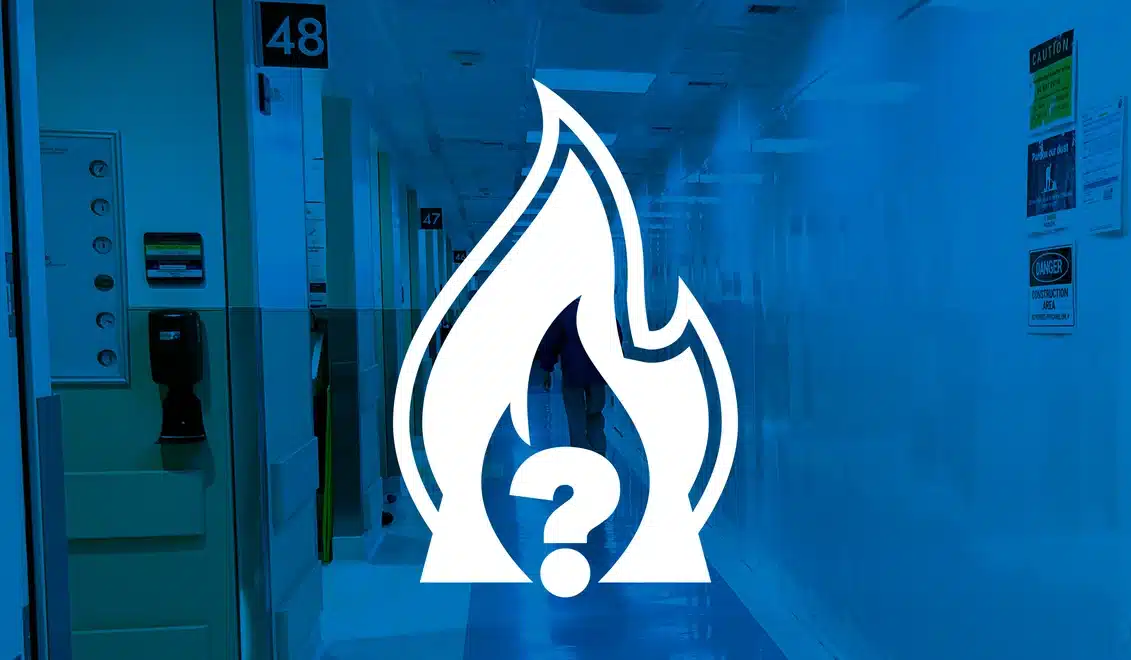
In commercial construction, fire safety isn’t just a regulatory requirement—it’s a commitment to protecting lives and property. When using temporary construction walls, understanding the importance of ASTM E84 and ASTM E119 classifications is vital for ensuring compliance and safety.
Decoding ASTM E84: Flame Spread and Smoke Development Ratings
ASTM E84, the Standard Test Method for Surface Burning Characteristics of Building Materials, evaluates how materials respond to fire in terms of flame spread and smoke development. This test directly impacts your selection of temporary construction walls. Here’s a breakdown of key classifications:
- ASTM A Classification: These materials have a flame spread index of 0-25, making them highly effective in minimizing fire risks. This classification is critical for high-traffic areas like hospital corridors or emergency exits.
- ASTM C Classification: Materials in this category have a flame spread index of 76-200. While less fire-resistant than ASTM A materials, they can be used in lower-risk areas.
Understanding ASTM E119: Fire-Resistance Ratings
Unlike ASTM E84, ASTM E119 measures a building element’s ability to withstand fire exposure while maintaining structural integrity. This test is essential for temporary walls, providing fire-resistance ratings in hours to help construction teams design safer, compliant spaces.
Why ASTM Classifications Matter for Temporary Walls
The right ASTM classifications for temporary walls safeguard construction sites and occupants. For example, STARC’s FireblockWall™ meets both ASTM E84 and E119 standards, offering fire-rated containment that’s faster to install and reusable—unlike traditional methods of construction containment.
Elevate Safety Standards with the Right Solutions
Compliance with ASTM E84 and ASTM E119 ensures not just adherence to regulations but also peace of mind. Discover how STARC’s temporary walls go beyond safety standards to deliver unmatched durability and reusability.
Ready to build safer? Download our infographic: Fire Safety & Temporary Walls: One Critical Question.
